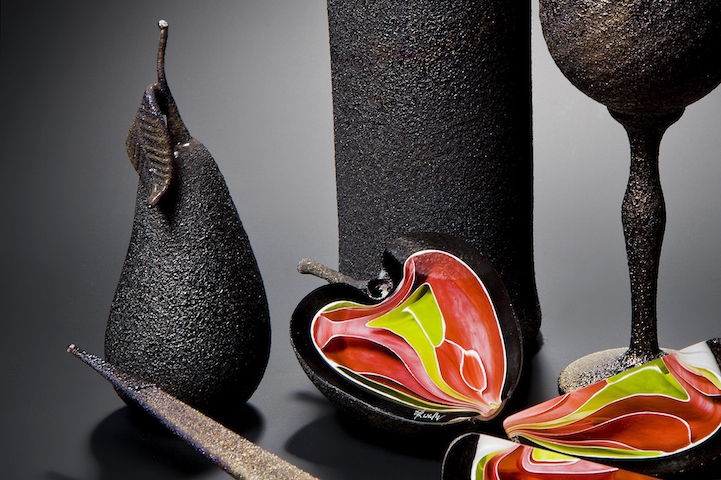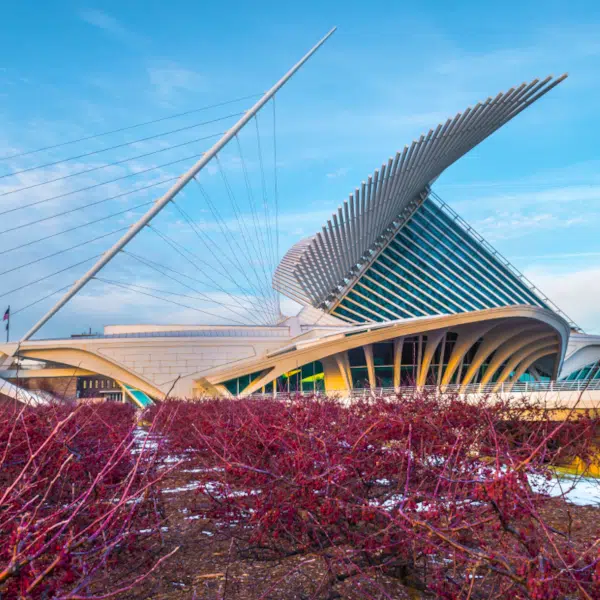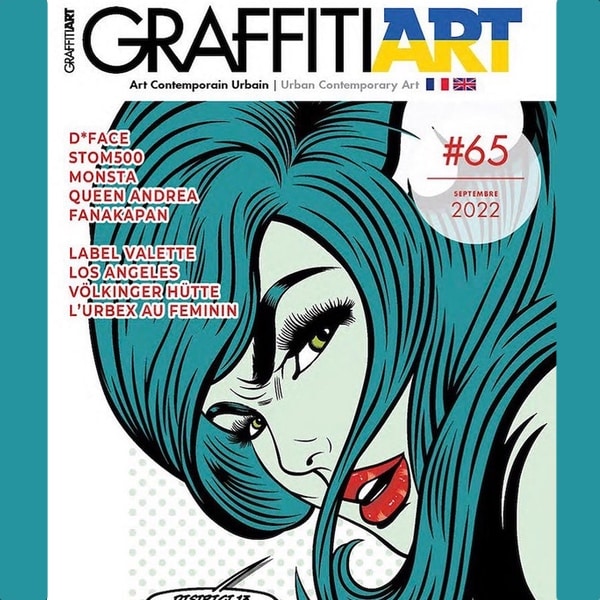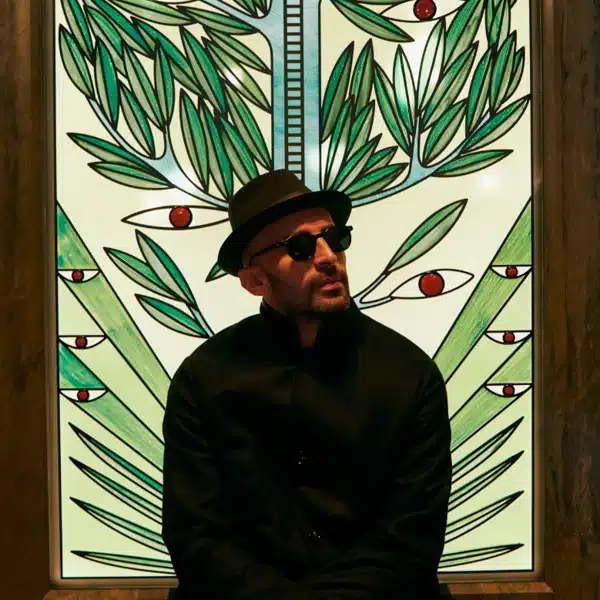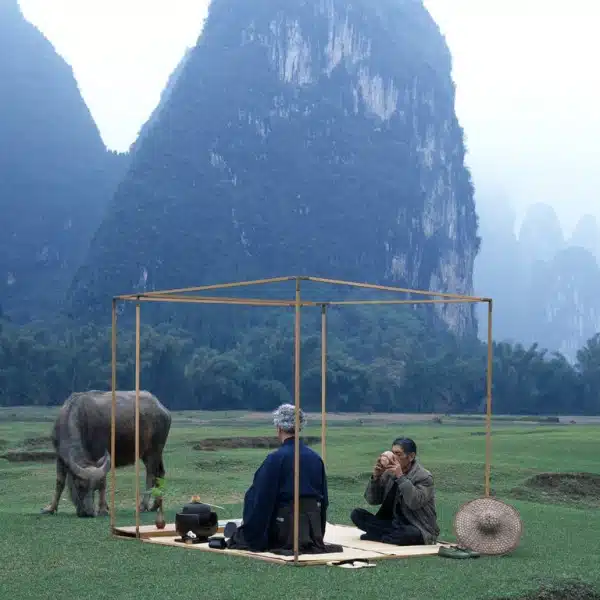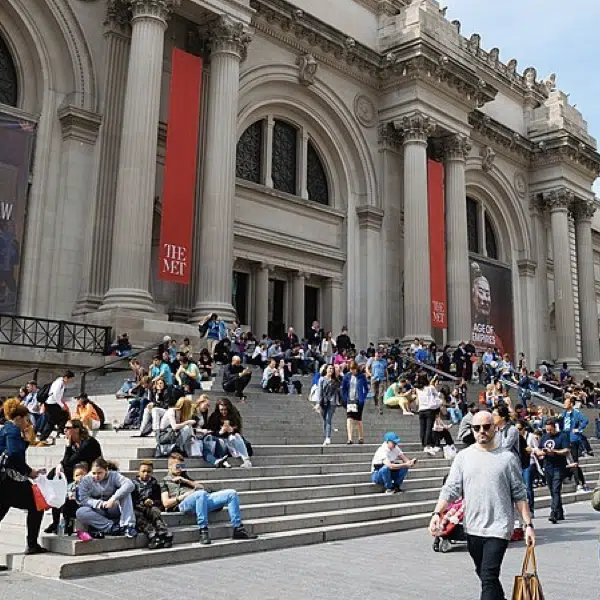London-based artist Elliot Walker transforms liquid glass into stunning sculptures of fruit. His recent series, titled Still Life, shows a hidden surprise within traditional still life scenes. Created by cutting and polishing free blown and hot sculptured glass, the dark sculptures show the color-bursting flesh of fruit. As he states, “A theme that runs through all of my work is the presence of a skin, either as a container of things, a veneer to hide things or as a protective layer to shield vulnerable things.”
What was his greatest challenge in creating this series? “Developing this work has been a great process and it is still developing,” he told us. “There are so many variations of this theme that I'd like to explore. Every aspect of the making process challenges you in a different way, and for this series, I have had to develop my technical blowing skills to create the vessel forms as well as my sculpting skills to make the knife and fruit element.
“Building up the internal structures of the fruit was something I had been thinking about for a while and was something I felt comfortable with, but once the elements are cut open the grueling process of polishing the surfaces begins, and this was something I had not tackled before. It takes a lot of patience and time to do this but the results are worth the pain.”
Walker was recently named as one of five young masters of studio glass by Peter Layton of London Glassblowing. For those unfamiliar with the term, studio glass is the modern use of glass as an artistic medium to produce sculptures or three-dimensional artworks. Peter Layton has been called the “grandmaster of glass,” for being at the forefront of the hot glass movement. He established London Glassblowing in 1976, one of Europe's first hot-glass studios. “Glass is extraordinarily seductive,” said Layton. “Every piece is an adventure and you never know exactly what you have created until you open the kiln and see how a piece has turned out. I love that moment of surprise.”
You can see Walker's Still Life sculptures in person at the British Glass Biennale, on May 28, or in his solo show at Cupola Gallery from June 5 to July 4.
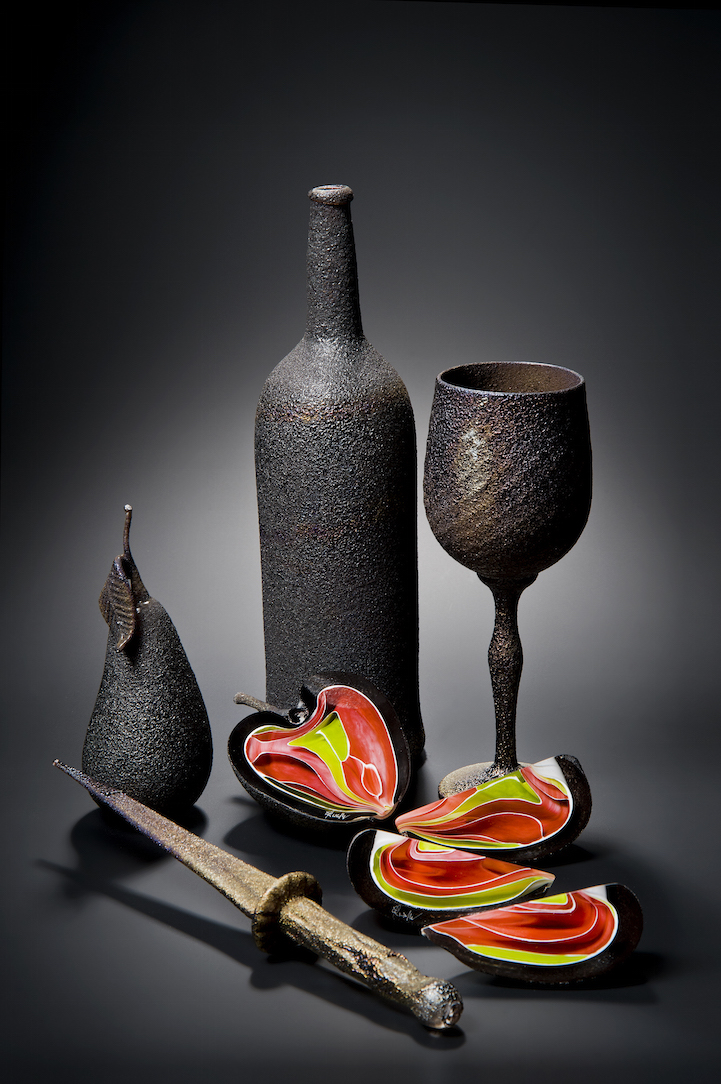
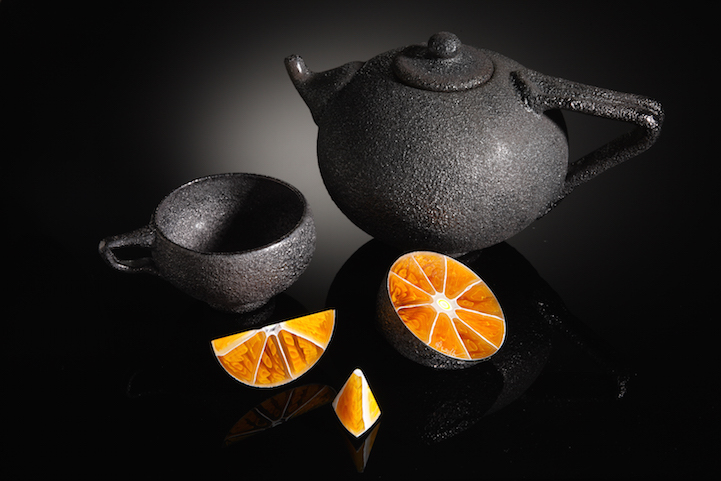
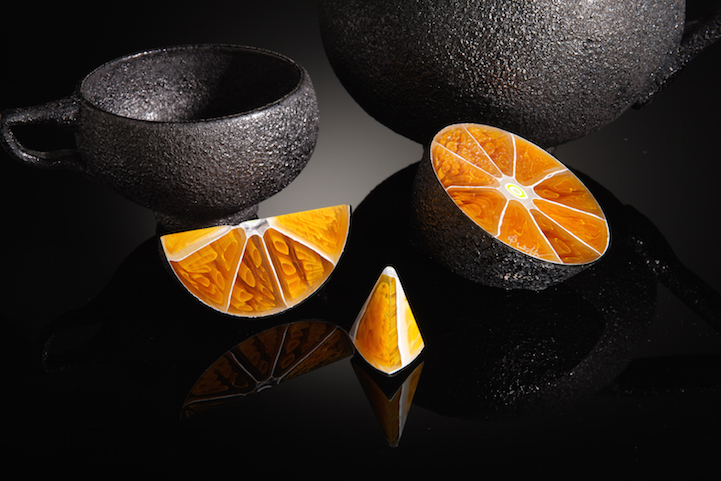
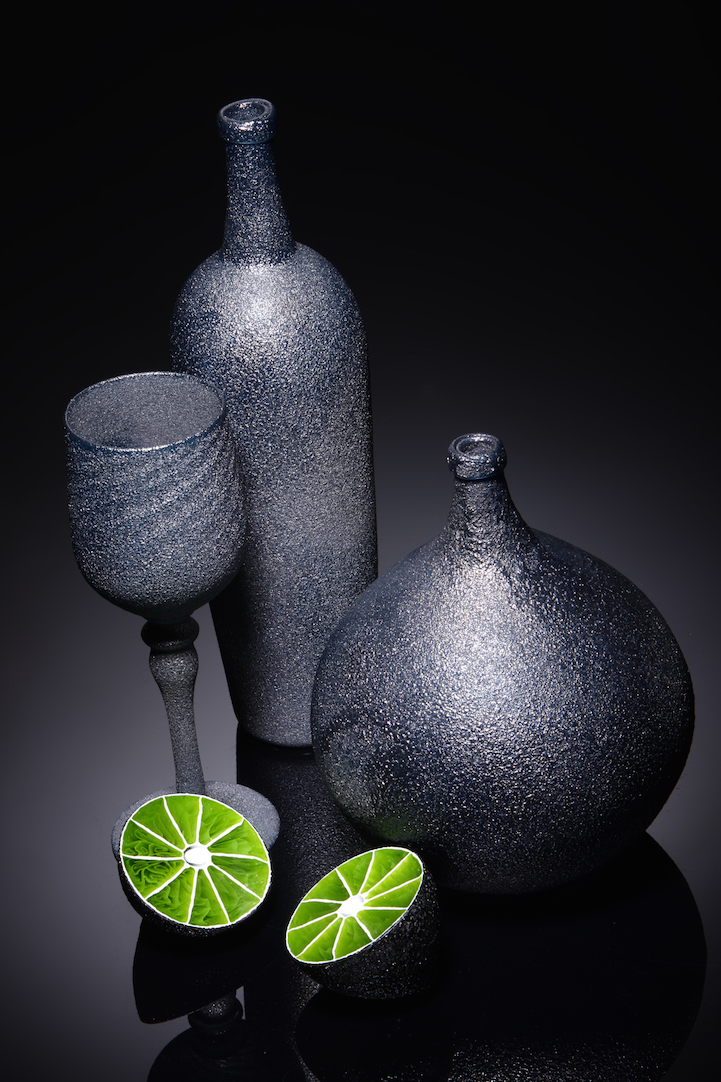
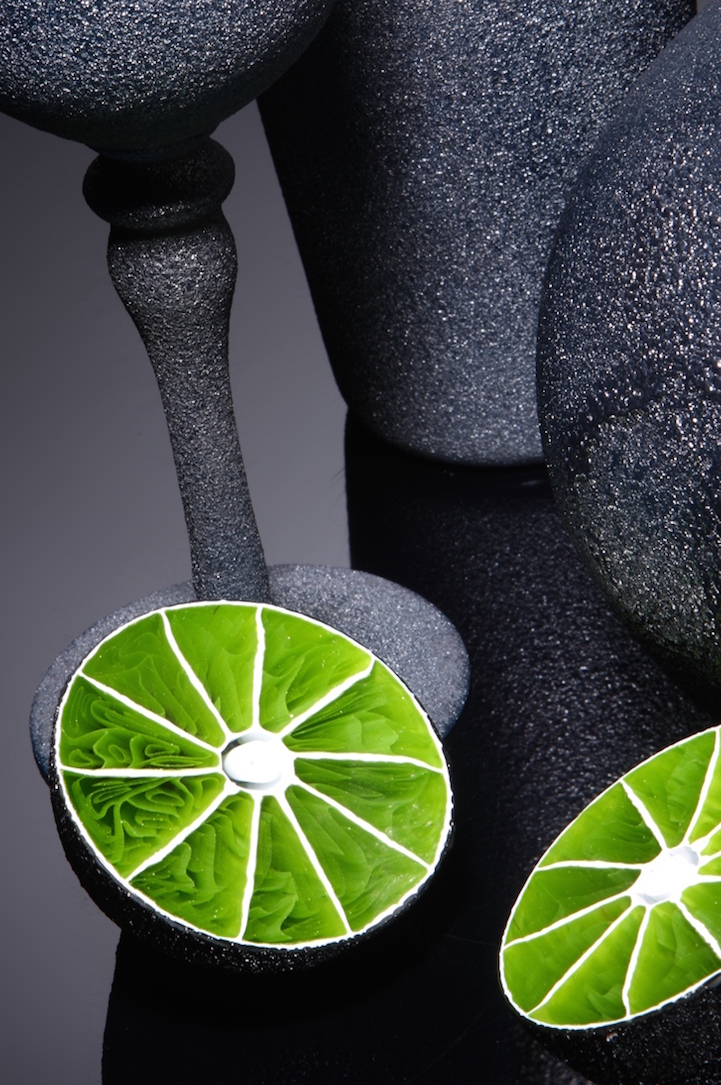
“Hot glass has a mind of its own and you cant force it to behave the way you want,” the artists said. “This can be very frustrating but you develop a very deep relationship with the material if you give yourself time to really understand it. Without this understanding, I would not be creating work that reflected myself, but only glass.”
